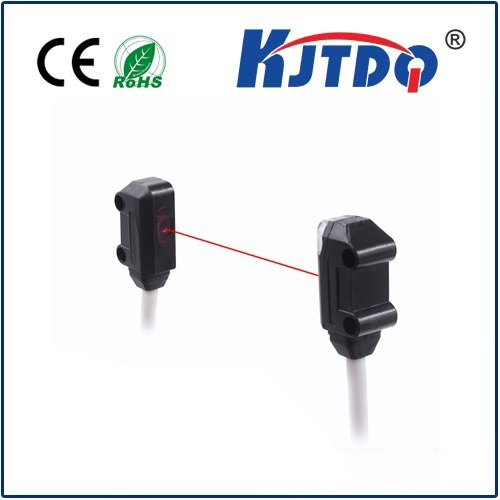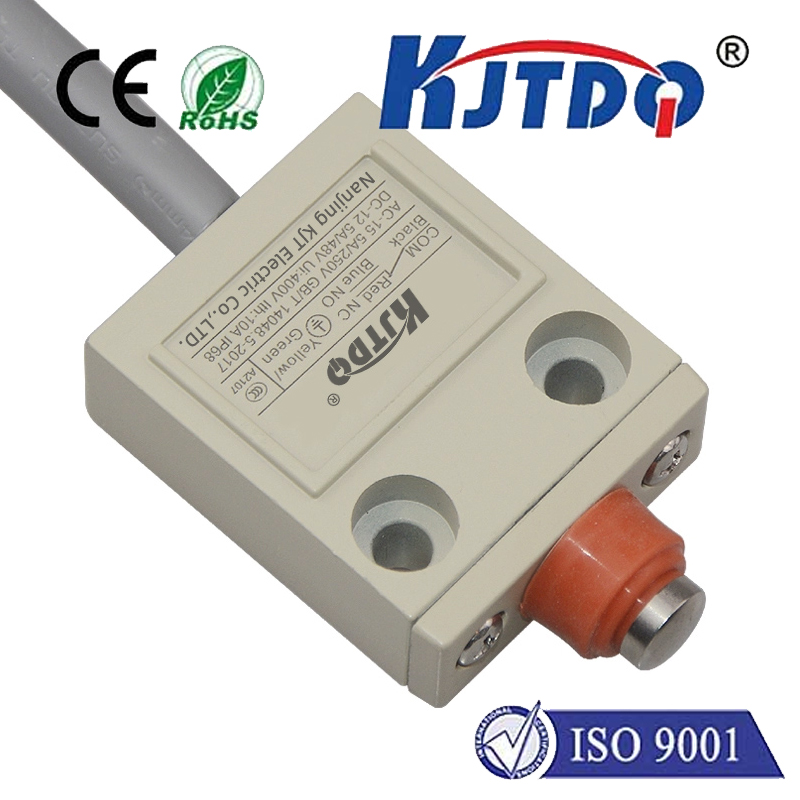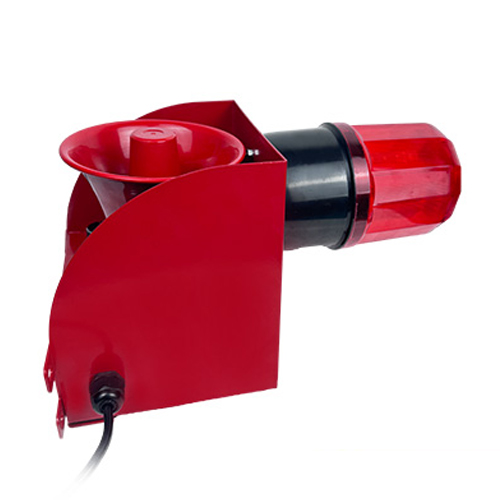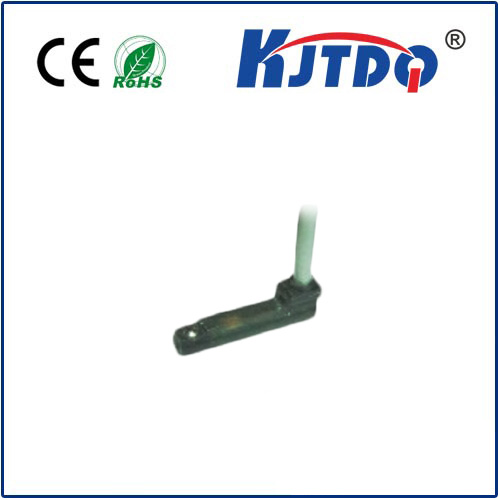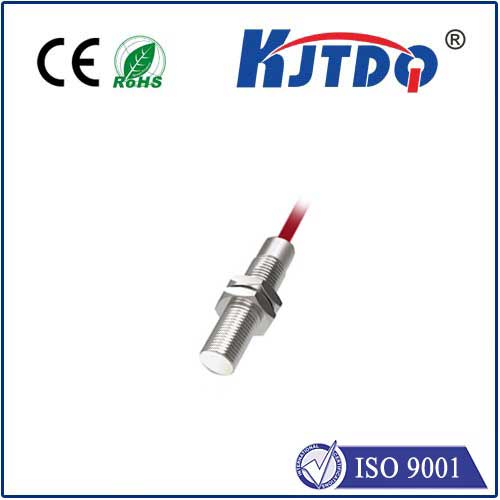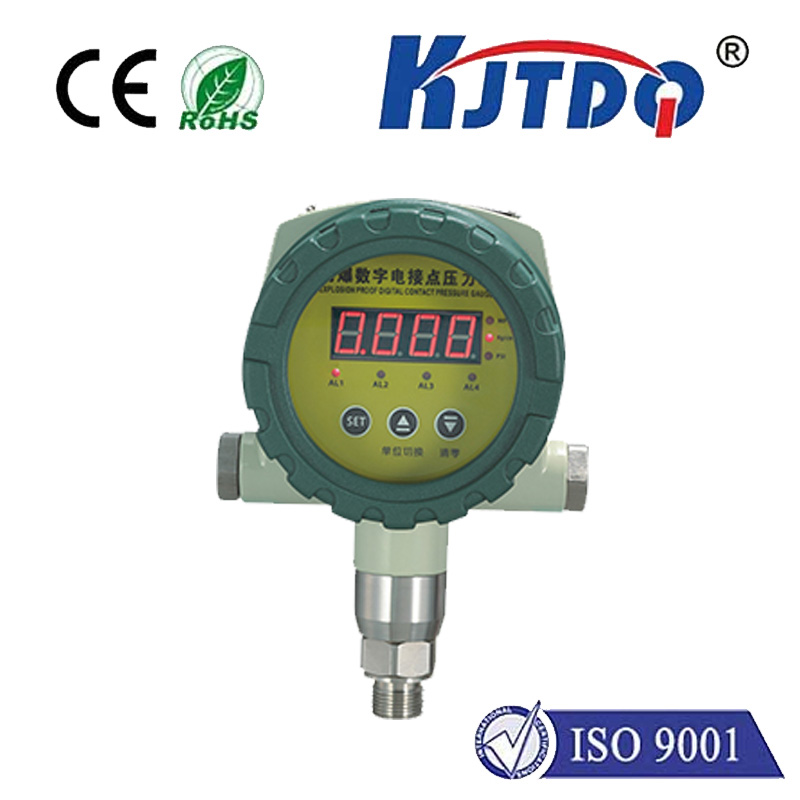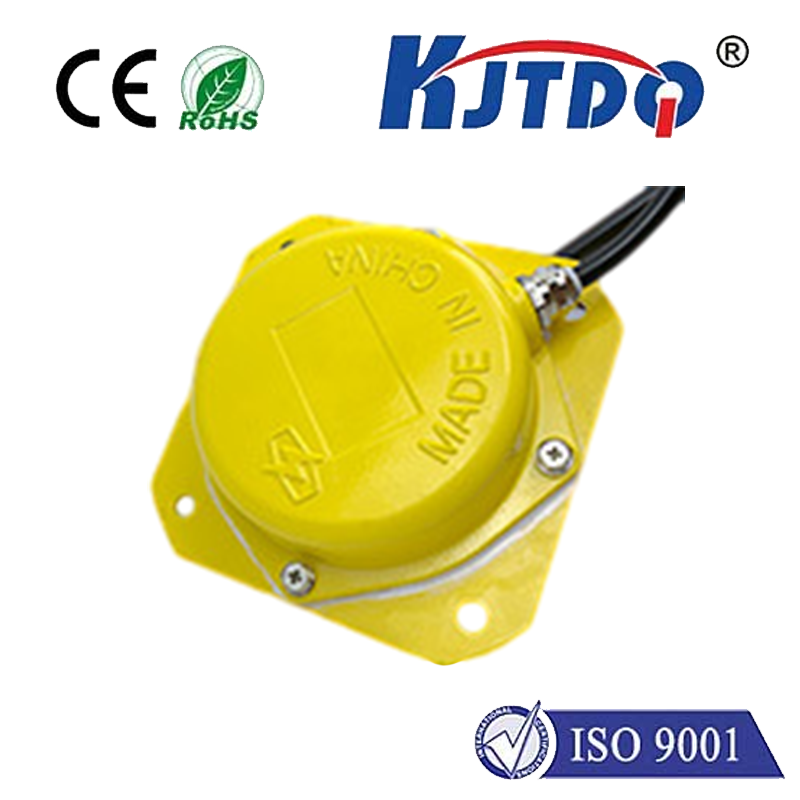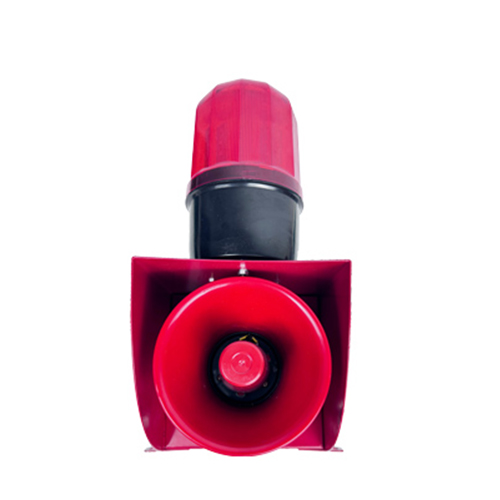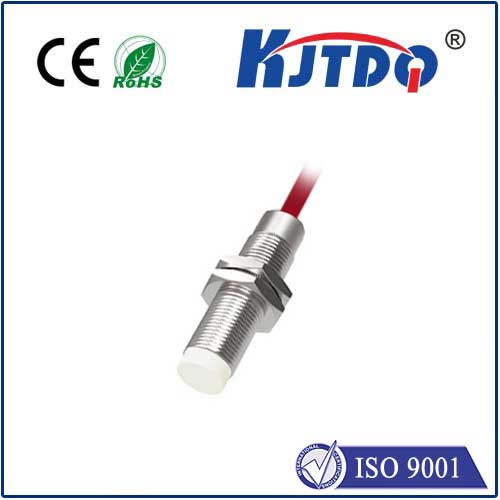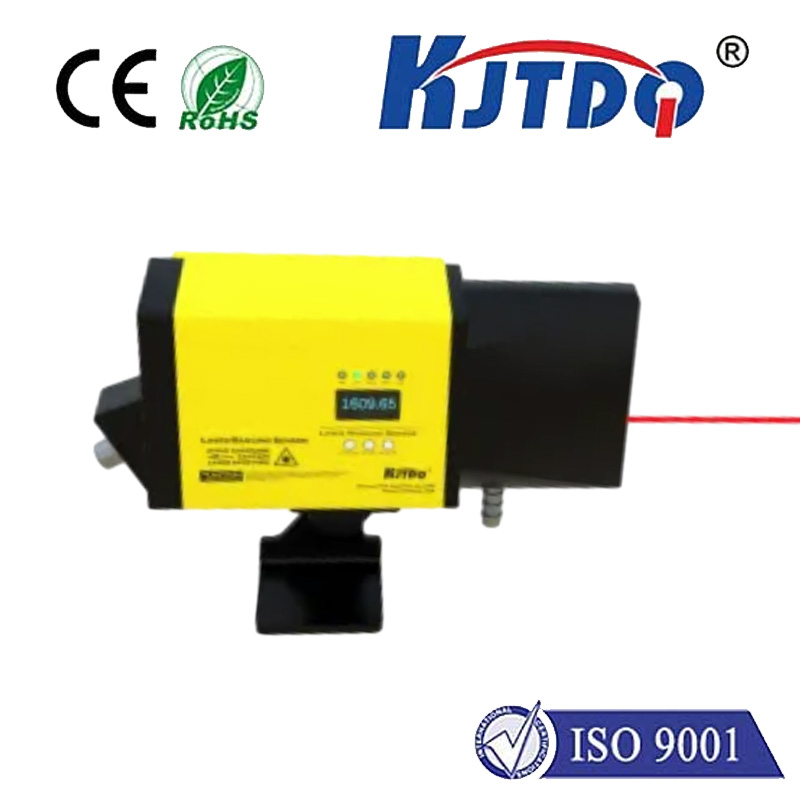

check

check

check

check

check

check

check

check

check

check
Introduction to Inductive Sensors
An inductive sensor is a type of transducer that uses electromagnetic induction to measure physical quantities such as voltage, current, or position. It consists of a coil of wire that produces an electromotive force (EMF) when an alternating current (AC) passes through it. The EMF is proportional to the current flowing through the coil, and it can be measured directly or converted into a different physical quantity using an amplifier.
Inductive sensors are widely used in a variety of applications, including industrial automation, robotics, automotive industry, and medical devices. They offer high sensitivity, fast response time, and long-lasting accuracy. However, they require a continuous power supply and may be affected by electromagnetic interference (EMI).
Introduction to Capacitive Sensors
A capacitive sensor is a type of transducer that uses capacitance to measure physical quantities such as distance, velocity, or pressure. It consists of two electrodes placed in close proximity to each other with a dielectric material between them. When an electric field passes through the space between the electrodes, a voltage difference is generated across the capacitor, which can be measured and converted into a different physical quantity.
Capacitive sensors are also widely used in many applications, including measuring temperature, humidity, pressure, and acceleration. They offer low maintenance, high resolution, and simple design. However, they have limitations in terms of accuracy and range due to variations in capacitance caused by factors such as temperature and material composition.
Comparison of Inductive and Capacitive Sensors
When comparing inductive and capacitive sensors, several factors need to be considered, including accuracy, range, cost, installation complexity, and environmental considerations. Here are some key points to consider:
Accuracy: Inductive sensors generally have higher accuracy than capacitive sensors due to their ability to detect small changes in current flow. Capacitive sensors may have errors due to variations in capacitance caused by factors such as temperature and material composition.
Range: Inductive sensors have larger ranges than capacitive sensors due to their ability to detect changes in current flow over longer distances. Capacitive sensors may have limited range due to their dependence on the presence of conductive materials near their electrodes.
Cost: Capacitive sensors are generally less expensive than inductive sensors due to their simpler design and lower power requirements. However, the cost may vary depending on the specific application and manufacturer.
Installation Complexity: Inductive sensors typically require more complex installation procedures due to their need for a continuously powered circuit and proper grounding. Capacitive sensors may have simpler installation requirements if they operate on external power sources or use self-calibrating algorithms.
Environmental Considerations: Inductive sensors may be more susceptible to EMI interference from electrical systems nearby, while capacitive sensors may be affected by changes in humidity or temperature that affect capacitance values. It is important to choose a sensor that can withstand the specific operating conditions of your application.
Conclusion
In conclusion, both inductive and capacitive sensors have their advantages and disadvantages depending on the specific requirements of your application. Inductive sensors tend to offer higher accuracy and larger ranges but require more complex installation procedures and continuous power supply. Capacitive sensors offer simplicity and lower cost but may have limitations in terms of accuracy and range due to variations in capacitance caused by environmental factors. By carefully considering the factors listed above and consulting with experts in the field
